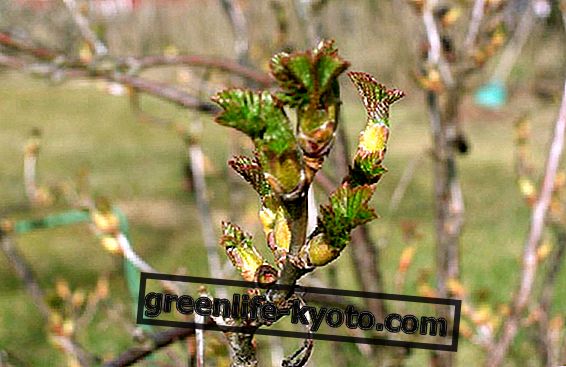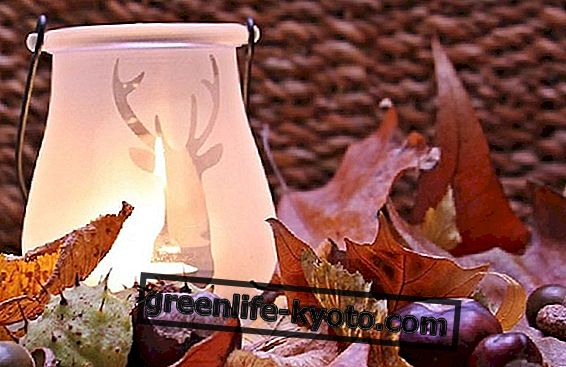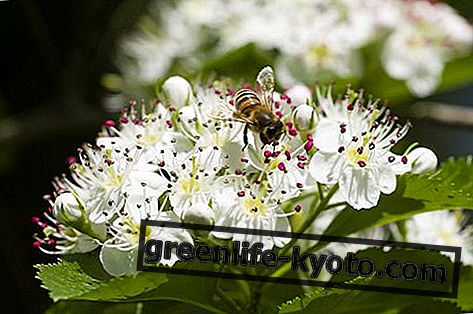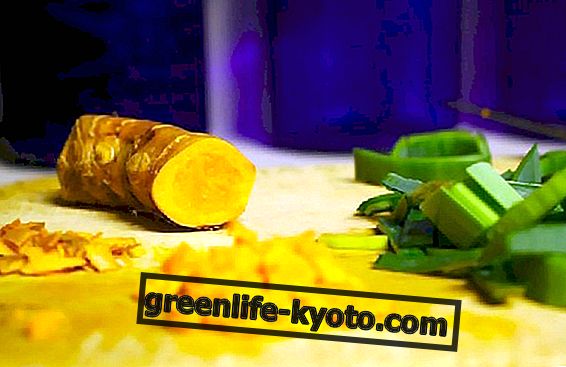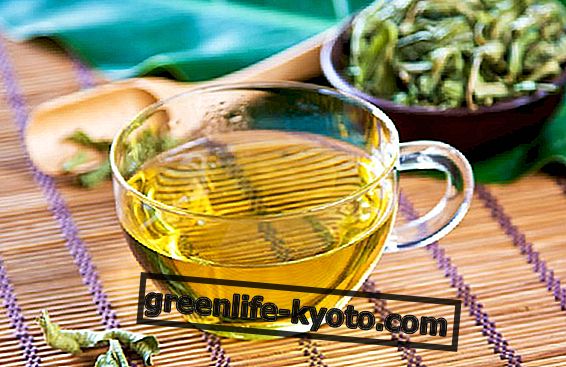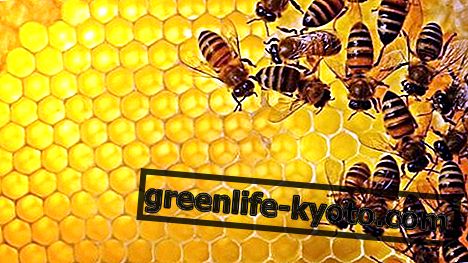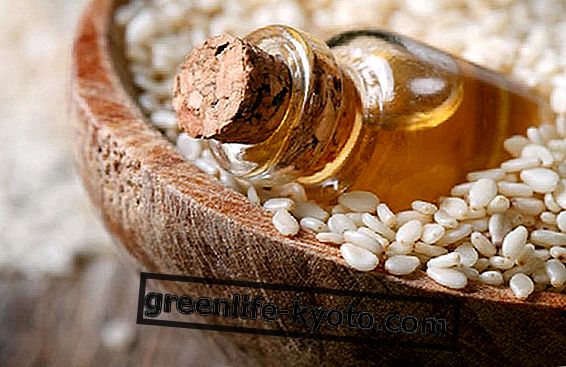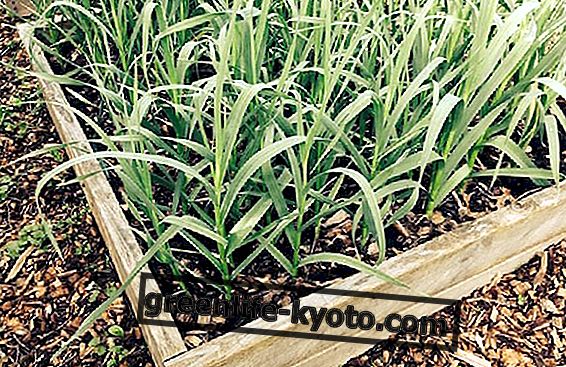
Chronic insomnia is a bad enemy to fight. It often manifests itself with difficulty in falling asleep or as a transient insomnia, that is, one wakes up at a certain moment and no longer falls asleep.
Often those who suffer from insomnia for more than 6 months have already tried them all, until they get sleep-inducing pharmacological treatments that can drag them with their unpleasant side effects.
Let's see how some practices can help those who suffer from chronic insomnia.
Ayurvedic massage for chronic insomnia
The Abhyangam Ayurvedic Massage is a 360 ° sensory experience and it is an understatement to put it in the "massage" practice. It is made up of touches, manipulations, stretching, use of warm and fragrant oils, therapeutic music.
It is not for everyone or at least it must be advised to those who are aware that they must let go completely and are willing to do so: it is in fact a treatment that is performed on the skin, so the body is necessarily naked, in a warm and comfortable environment, away from noise and disturbances of any kind.
The Abhyangam is a complete massage, from the feet to the head and can last a very long time, even 90 minutes, so take it easy! The benefits of this treatment reverberate on both blood and lymphatic circulation, on the hormonal level, on detoxification processes, on soft tissues and muscles.
In addition to treating insomnia, it eases stress, anxiety, nervousness, fatigue.

Sleep well, 5 useful tips
Aromatherapy for chronic insomnia
Essential oils can be a powerful tool to assist treatments that fight chronic insomnia ; they are very effective remedies that act on the emotional sphere and on the central nervous system .
The aromatic notes of essential oils reach the head, the heart and the belly, that is, they are able to wrap around our whole body involving the rational, spiritual and instinctive part. In case of insomnia due to emotional imbalances or recurring thoughts, worries and anxieties, aromatherapy can be the right solution.
Jasmine: the king of natural anxiolytics
Jasmine essential oil acts directly on the central nervous system with sedative effects . Calm anxieties, worries, nervousness, mood swings characteristic of premenstrual syndrome and is also indicated in cases of depressive states.
Its scent is very intense, warm, sweet, it is a heart note and it reverberates its benefits on the emotional sphere. Its flowers can also be used in calming and relaxing herbal teas.

Sweet orange essential oil
The essential oil of sweet orange is very versatile, it is often used mixed with carrier oils for massages due to its calming, soothing and decontracting powers.
It is indicated in cases of anxiety, stress, fatigue, depression, sleeplessness . Its scent is fresh, sweet and fruity, it is a top note and acts on the mental sphere.

Lavender essential oil, an ancient essential oil
From the "archetypal" and traditional scent of lavender it is enough to see the flower, an image of Provencal meadows to feel its essence: it is imprinted on our hypothalamus and we can recall it very easily.
Only this so powerful aspect makes us understand that it is a reassuring perfume, that smells of well-being, order and cleanliness.
The essential oil of lavender has calming, sedative, antispasmodic properties; it is hypotensive and cardiotonic and indicated in cases of insomnia, nervousness, anxiety, palpitations. It has a herbaceous, floral, very sweet scent, a heart note that pervades the soul.

Herbal medicine for chronic insomnia
In case of insomnia a herbal tea should never be missing, which warms our body, mind and heart. And then we create an ad hoc blend that accompanies our journey to the arms of Morpheus.
- Escolzia (flowering tops) 900 mg: it has sedative and hypno-inducing properties . Rich in flavonoids, carotenoids and alkaloids, which act on the cardiovascular system, lowering the pressure on the cerebral cortex bringing relaxation of muscle tone and inducing sleep. Scolzia is indicated in case of mood swings, irritability, nervousness, insomnia .
- Chamomile (flowers) 600 mg: known for its relaxing and sedative virtues, it has antispasmodic and muscle relaxant properties. Calm cramps, facilitates digestion, counteracts stress anxiety and states of nervousness, insomnia .
- Linden (flowers and bracts) 450 mg: a natural anxiolytic to be used in particularly demanding moments from an emotional point of view. It relaxes the circulatory system, lowers pressure, relieves tension, induces sleep. It is indicated for calming stress, psychosomatic gastritis, and insomnia . For problems related to a poor quality of sleep, its gemmoderivato, Tilia Tomentosa, is a very powerful remedy.
- Hawthorn (leaves and flowers) 450 mg: is the plant of the heart par excellence. In fact, it prevents cardiovascular diseases, counteracts the formation of cholesterol, and acts as a regulator of cardiac pressure. Thanks to the presence of vitexin it is an effective sedative remedy for anxiety, stress and insomnia .
- Passiflora (flowering aerial parts) 300 mg: rich in flavonoids it acts on the central nervous system and helps sleep . In fact, it has anxiolytic, sedative, and spasmolytic properties.
- Star Anise (fruits) 300 mg: a treat for our palate and our sense of smell; it is a remedy with innumerable virtues: it is digestive, antispasmodic, carminative and relaxing . It enriches our herbal tea with an inebriating taste and fragrance for our evening well-being.
Herbal teas for sleeping: the recipes

